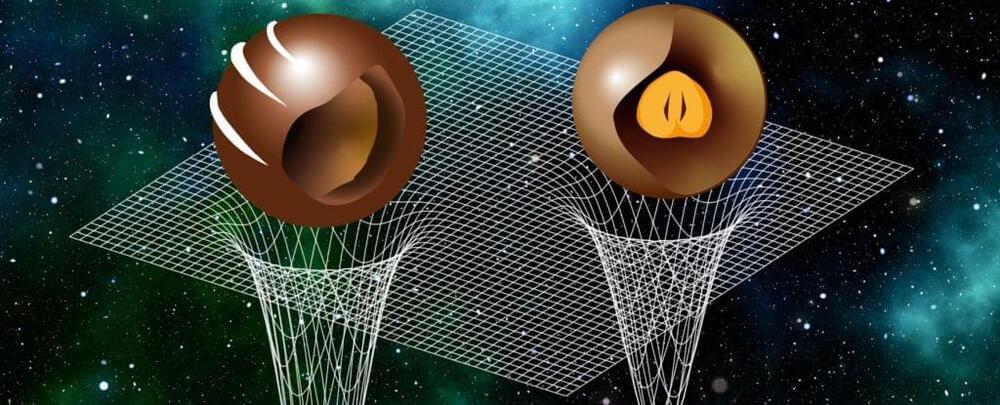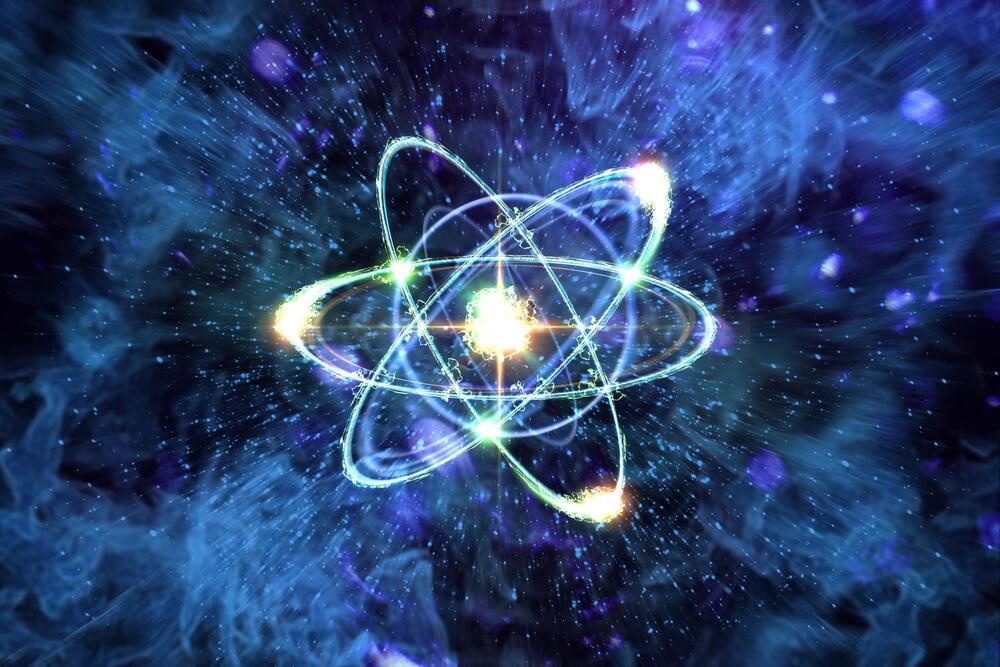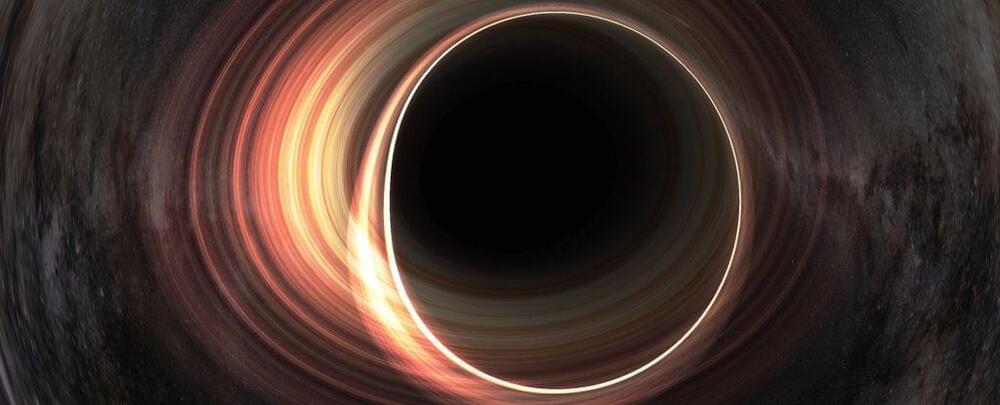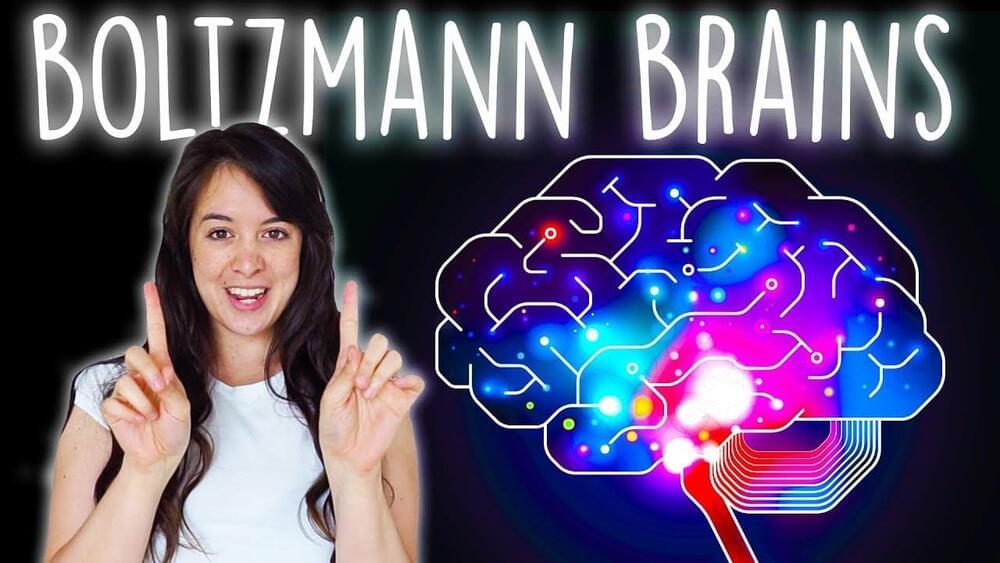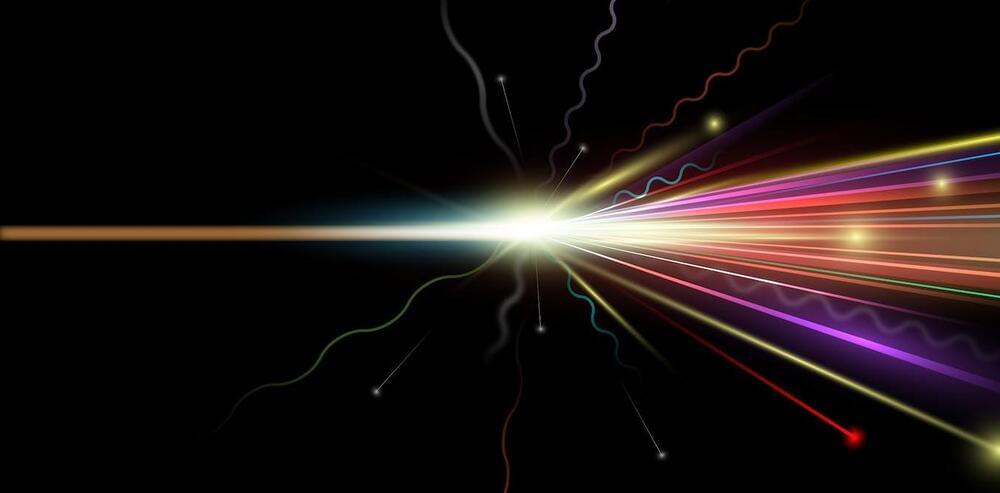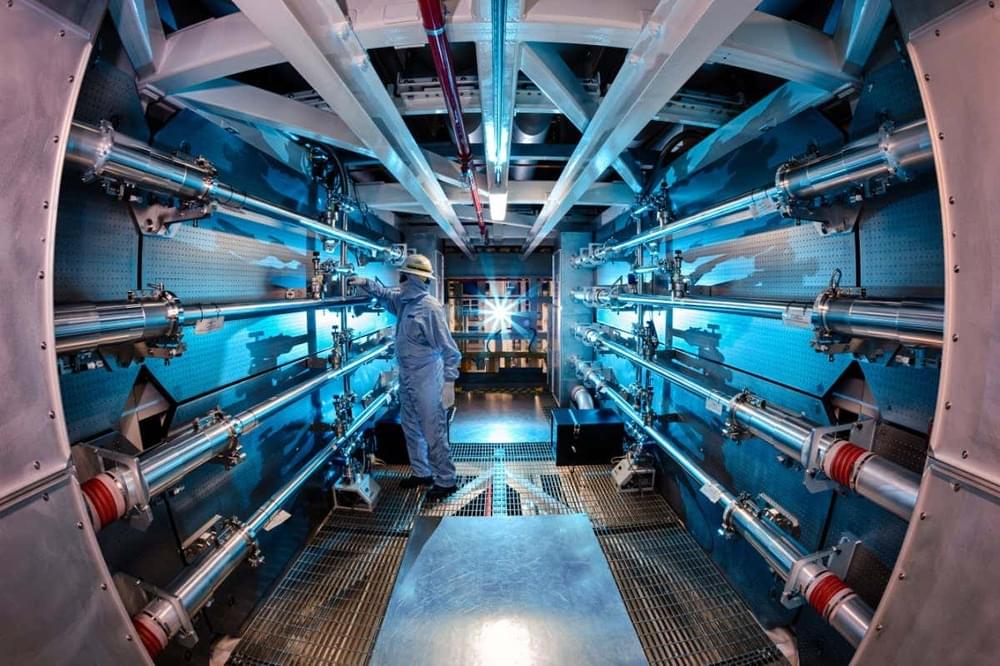Life isn’t really like a box of chocolates, but it seems that something out there is. Neutron stars – some of the densest objects in the Universe – can have structures very similar to chocolates, with either gooey or hard centers.
What kinds of particle configurations those centers consist of is still unknown, but new theoretical work revealing this surprising result could put us a step closer to understanding the strange guts of these dead stars, and the wild extremes possible in our Universe.
Neutron stars are pretty incredible. If we consider black holes to be objects of immense (if not infinite) concentrations of matter, neutron stars win second place in the Universe’s Most Dense Award. Once a star with a mass of around 8 to 30 times that of the Sun’s runs out of matter to fuse in its core, it’s no longer supported by heat’s outward pressure, allowing the core to collapse under gravity as its shell of surrounding gases drift off into space.
